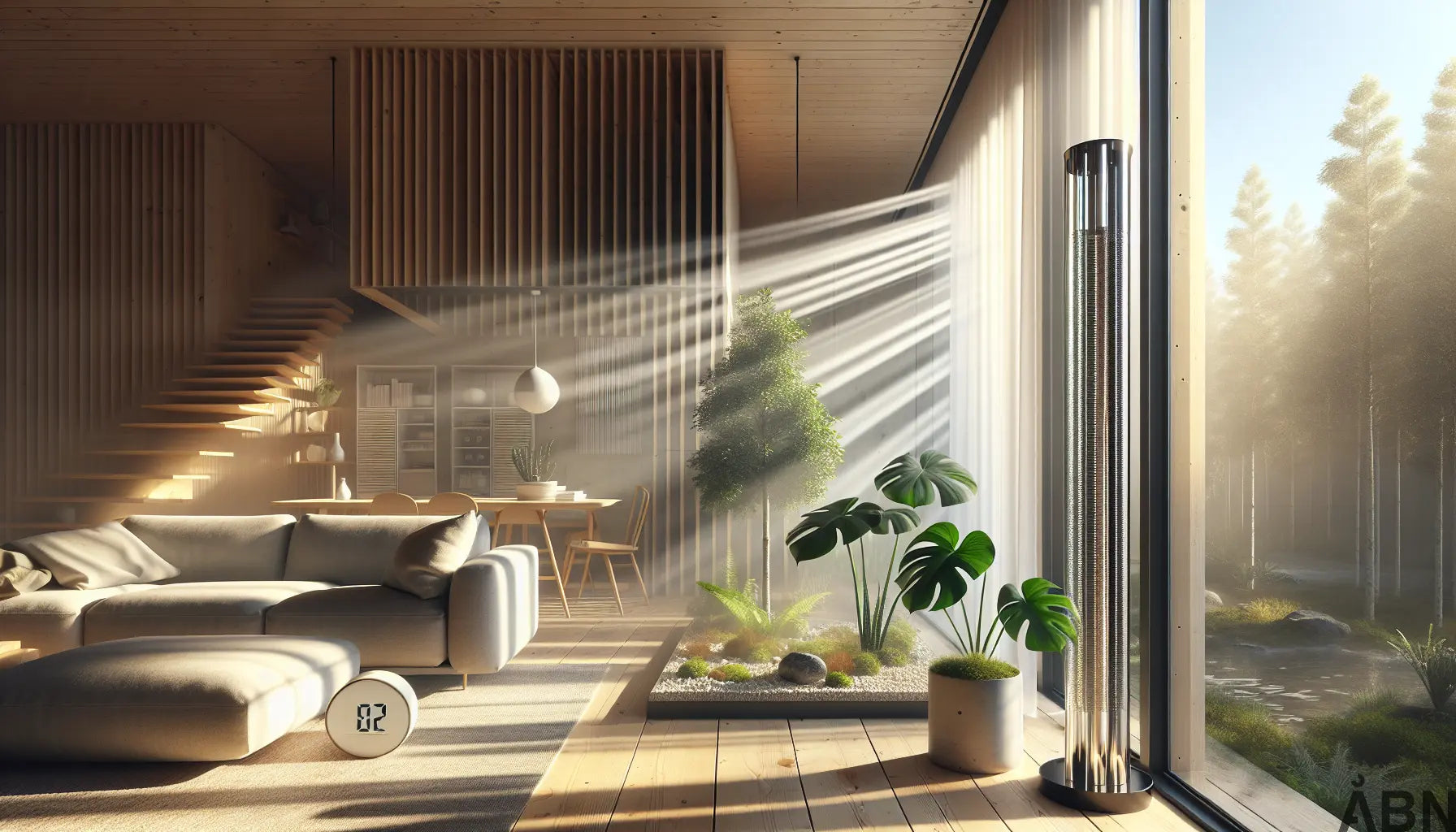Indoor Climate: Mold and Dry Air in Modern Buildings
In our modern buildings, the indoor climate is an important factor to consider. One problem that can unfortunately arise is the combination of mold and dry air. This can have negative consequences for both the building's occupants and the building's structure. In this article, we will explore how to identify and solve problems with mold and dry air in buildings.
According to Bolius, mold is a common problem in Danish homes, and it can have serious consequences for the health of the residents. Mold thrives especially in humid environments, which makes it important to control the indoor climate to avoid mold growth. At the same time, dry air can also be a problem, as it can cause irritation of the mucous membranes and general discomfort.
Efficient Ventilation and Technological Solutions
To avoid problems with mold and dry air, it is important to have effective ventilation and humidity control in the building. At ÅBN , we have developed solutions like Skyen that make it easy to monitor and optimize the indoor climate. Using intuitive sensors and dashboards, the user can easily monitor humidity and CO₂ levels in real time.
The Importance of a Healthy Indoor Climate
According to Sundhed.dk , it is important to keep the indoor climate healthy and balanced to avoid problems with mold. This can be achieved by ensuring good ventilation, regular cleaning and by avoiding raising the temperature in rooms with high humidity. By investing in technological solutions such as those from ÅBN , you can ensure an optimal indoor climate and avoid problems with mold and dry air.
FAQ
How can you identify mold in a building?
According to Teknologisk.dk, mold can typically be identified by the sight of discoloration on walls or ceilings, as well as by a characteristic odor.
How does dry air affect health?
Dry air can cause irritation of the mucous membranes, dry skin and general discomfort for the occupants of a building.
How can you prevent problems with mold and dry air?
By ensuring effective ventilation, monitoring humidity and investing in technological solutions, you can prevent problems with mold and dry air.
Take Indoor Climate Seriously
Ultimately, it is important to take the indoor climate seriously and ensure that it is healthy and balanced. If you are experiencing problems with mold or dry air in your building, do not hesitate to contact ÅBN for advice, data or solutions. We are ready to help create a healthier and more sustainable indoor climate for you and your users.







